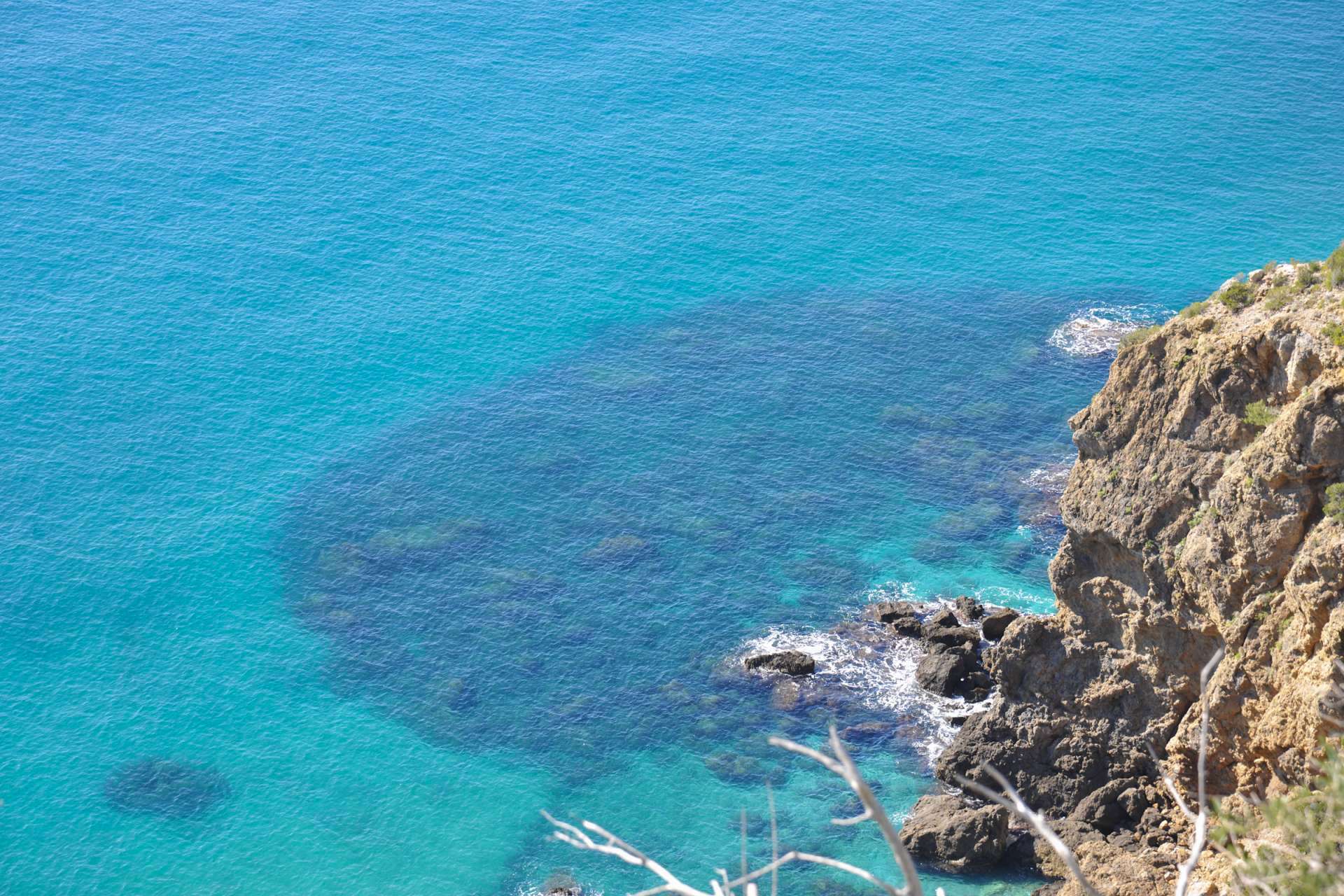Porto Ercole travel guide
Monte Argentario is the name given to a peninsula that dangles from the southern Tuscan coast by the flimsiest strips of land. Its prettiest harbour, at Porto Ercole, is a popular weekend destination with fashionable Romans, and has a photogenic waterfront that buzzes all summer.
Much of the rest of the peninsula is quiet and rugged. Coastal macchia scrub vegetation, ilex and citrus trees thrive in its mild microclimate. Wild juniper and rosemary scatter their scents on a gentle breeze, and wildflowers add a burst of colour each spring.
Connecting Monte Argentario with the mainland, long stretches of pine-backed sands enclose a shallow lagoon with abundant birdlife.
In the Beginning...
Before the rise of the Roman Empire, Greek fishermen used to hunt tuna around the coves and inlets of Monte Argentario. But this remote corner of Tuscany properly hit the spotlight from the mid-1500s.
Ceded to Spain after they helped the Florentines defeat Siena, it became part of a presidio (garrison state) ruled by the Spanish army and navy. Porto Ercole, Porto Santo Stefano and Orbetello were all fortified by the early 1700s. Almost 20 forts and lookout towers are dotted across the promontory.
Its best-known brush with historical celebrity came in July 1610. The painter Caravaggio, who had spent 4 years on the run from a murder charge in Rome, died suddenly in Porto Ercole. Probably wracked with malaria, he collapsed — some sources say on the Tombolo di Feniglia beach (see below) — and never recovered.
Visit This
Something about Porto Ercole instantly puts your brakes on. You might not attempt much more than a morning stroll followed by a long lunch, but boat rentals and scuba diving are on tap.
Several nearby sea defences and forts were built or expanded by (or for) the Spanish. The Forte Stella crowns a hill south of town. It’s a masterpiece of late-1500s castle-building, with a 6-pointed star enclosed by another set of walls and bastions shaped like pointed mace heads. Overhead photography does justice to its devilishly clever design.
Two “Spanish Forts” protect the harbours at Porto Ercole and Porto Santo Stefano. The former is a revamped medieval castle, the second built by the Spanish in the early 1600s.
The so-called Via Panoramica circumnavigates the promontory, skirting the western coast, with its scattering of wild beaches and views out to Isola Giglio and the Tyrrhenian Sea.
There’s another far-reaching view across coast and ocean from the 635m/2,083-ft. summit of Punta Telegrafo.
Before the rise of the Roman Empire, Greek fishermen used to hunt tuna around the coves and inlets
Eat & Drink This
Pretty much anything you can pull from the sea finds its way onto a plate. Among favoured fishy ingredients are Mediterranean mackerel; octopus, cuttlefish and totani (baby squid); anchovies and mullet; orata (sea bream) and amberjack, a meaty game fish. It’s hard to beat a simple plate of pasta with salty bottarga (roe) shaved on top, or a fritto misto (a lightly floured mixed fry of today’s catch).
Fiche maschie (dried and salted blue whiting fillets) are entered in Slow Food’s Ark of Taste, a “memory bank” set up to preserve Europe’s disappearing food traditions.
Monte Argentario’s native wine is the soft white Ansonica dell’Argentario.
Out of Town: Birdwatching & More
On the north side of the peninsula, Porto Santo Stefano has a small, family-friendly aquarium. The Acquario Mediterraneo focuses on species native to the coast and Tuscan archipelago.
Orbetello is marooned in a lagoon on a spit and dyke that connect Monte Argentario with the Tuscan mainland. Its unusual (for Tuscany) look dates to its time as a garrison town for Spanish forces, between the 1500s and early 1700s.
The encircling shallow saltwater lagoon and a mild climate make this a magnet for migratory birds, especially in spring and autumn. Birdwatching hides in the WWF-protected lagoon are usually open September to April or May. The stilt (a pink-legged wader) is resident, and a colony of flamingos inhabits the lagoon for much of the year.
The Great Outdoors: Mainland Tuscany’s Best Beach?
Beaches line the coast almost from the Ligurian border, in the north, to Lazio, south of Monte Argentario. The Tombolo di Feniglia is one of the best, a flat arc of south-facing sand that stretches from the peninsula back to the mainland, trapping Orbetello’s marine lagoon behind it.
There is shade under the parasol pines, and plenty of peace and quiet as you move away from the main car park.
Festivals
The biggest annual event is the Palio Marinaro dell’Argentario. Every August 15, Porto Santo Stefano’s 4 rioni (neighbourhoods) race across the bay in traditional skiffs. Rione Fortezza have dominated the race over the last 15 years or so.
Three Excursions from Porto Ercole
- Isola Giglio: a 1-hour ferry from Porto Santo Stefano takes you to this small island’s protected nature reserve and sandy beach
- Parco Naturale della Maremma: a network of trails start from Alberese and criss-cross the Monti dell’Uccellina, a squat coastal mountain range shrouded in parasol pines, holm oaks, and Mediterranean macchia scrub, with some of Italy’s best coastal hiking
- Giardino dei Tarocchi: inspired by Gaudí’s Parc Güell in Barcelona, French-American artist Niki de Saint Phalle worked on this fantastical sculpture garden from 1979 until her death in 2002
